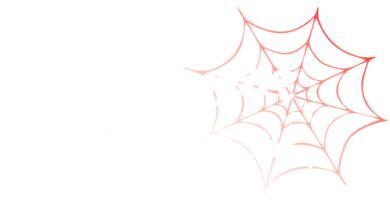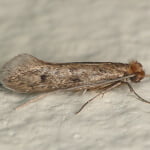Pest Problem?
Call for a free quote
Pest Solutions for the Marlborough Region
Blenheim • Picton • Havelock • Rai Valley • Marlborough Sounds • Wairau Valley • Seddon • Ward
The Spiderman has been delivering exemplary service in Urban Pest Management, across Commercial and Domestic properties, for over 20 years in the Marlborough District. Our drive for excellence in service and Health and Safety ensures that the treatment you receive will give you complete peace of mind.
Professional
Cost-effective pest management services at sensible prices.
Commercial + Domestic
Servicing Marlborough for over 20 years.
Fully Qualified
Professional Master Technician and member of Pest Management Association of NZ (PMANZ).
Pet Safe
All our treatments are pet safe.
Do not wait for seasonal pests to take over your home.
What pests are living with you?
We treat the following common pests:
Flies & clusterflies Spiders & Roaches Beetles Ants Wasps Bedbugs & Fleas Rats & Mice
We can also treat less common pests such as Silverfish, Carpet beetles, Clothes moths, Book lice and Clover mites.








